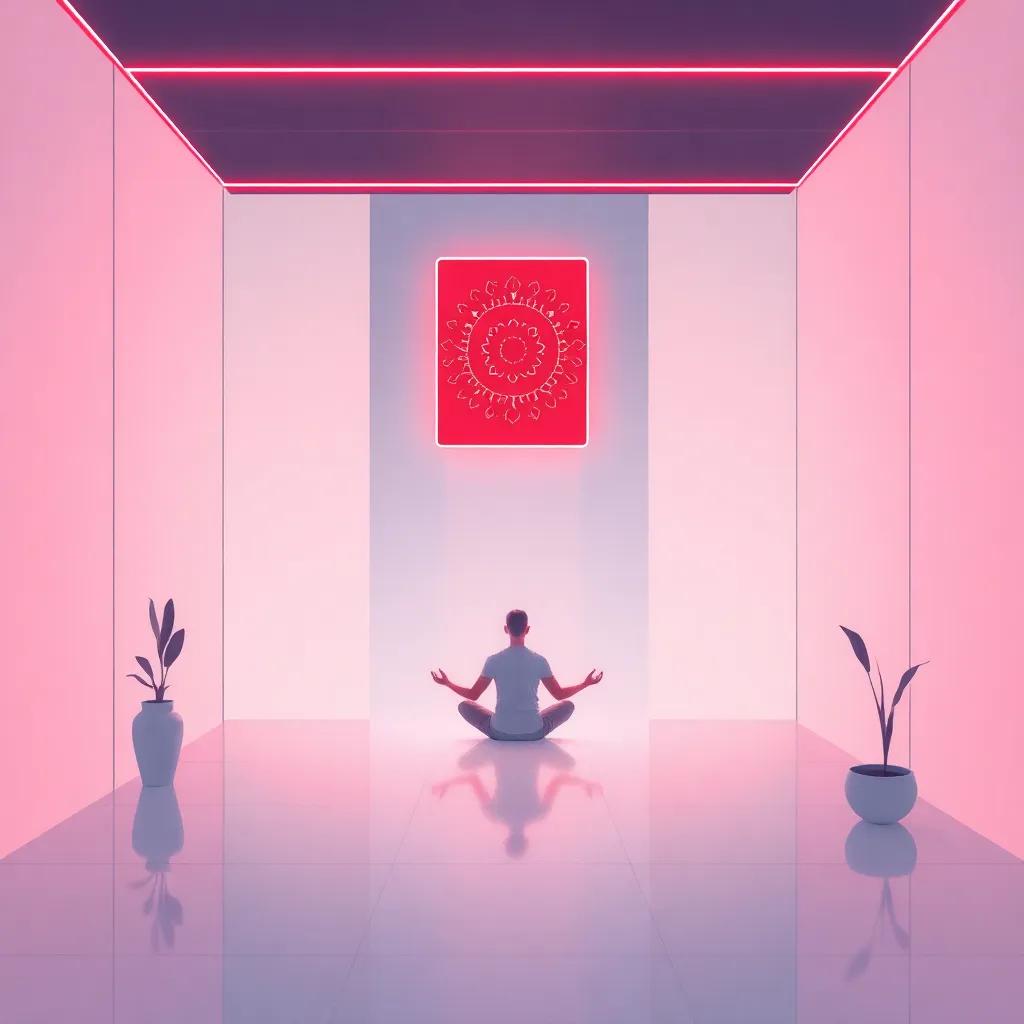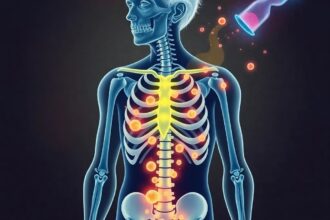Explore the science-backed benefits of red light therapy for muscle recovery, wound healing, and skin rejuvenation, with practical tips for safe and effective home use.
Red light therapy, a form of photobiomodulation, offers promising benefits for recovery and skin health by enhancing cellular energy production and promoting tissue repair.
Introduction to Red Light Therapy
Red light therapy (RLT), also known as photobiomodulation, is a non-invasive treatment that uses low-level wavelengths of red light to penetrate the skin and stimulate cellular activity. This therapy has gained popularity for its potential to enhance recovery, improve skin health, and promote overall well-being. But how does it work, and what does the science say?
According to a study published in Photomedicine and Laser Surgery
, red light therapy works by stimulating the mitochondria in cells, leading to increased production of adenosine triphosphate (ATP), the energy currency of cells. This boost in cellular energy can accelerate healing, reduce inflammation, and improve tissue repair.
The Science Behind Red Light Therapy
At the core of red light therapy is its ability to penetrate the skin and reach the mitochondria. Dr. Michael Hamblin, a leading researcher in photobiomodulation, explains, Red light therapy enhances mitochondrial function, which in turn increases ATP production. This process is crucial for cellular repair and regeneration.
This mechanism has been supported by numerous studies, including research published in the Journal of Cosmetic and Laser Therapy
, which highlights its effectiveness in skin rejuvenation and wound healing.
Benefits for Muscle Recovery
Athletes and fitness enthusiasts are increasingly turning to red light therapy to enhance muscle recovery. A 2016 study in the Journal of Athletic Training
found that red light therapy significantly reduced muscle fatigue and soreness after intense exercise. The therapy works by reducing oxidative stress and promoting blood flow to the muscles, which accelerates the repair of microtears caused by physical activity.
Skin Health and Rejuvenation
Red light therapy is also a powerful tool for improving skin health. Research published in the Journal of Investigative Dermatology
shows that red light therapy can stimulate collagen production, reduce wrinkles, and improve skin elasticity. Dermatologist Dr. Whitney Bowe notes, Red light therapy is a game-changer for anti-aging. It’s non-invasive, painless, and has no downtime, making it an excellent option for those looking to rejuvenate their skin.
Practical Tips for Home Use
With the growing availability of at-home red light therapy devices, it’s easier than ever to incorporate this treatment into your routine. When choosing a device, look for one that emits wavelengths between 630-670 nm, as these are most effective for skin and muscle benefits. Treatment protocols typically involve 10-20 minute sessions, 3-5 times per week. Always follow the manufacturer’s guidelines and consult with a healthcare professional if you have any underlying conditions.
Potential Risks and Contraindications
While red light therapy is generally considered safe, it’s important to be aware of potential risks. Overuse can lead to skin irritation, and individuals with photosensitivity or certain medical conditions should avoid this treatment. As Dr. Hamblin cautions, Moderation is key. Overexposure to red light can negate its benefits and cause adverse effects.
Conclusion
Red light therapy offers a promising, science-backed approach to enhancing recovery and skin health. By understanding its mechanisms and following best practices, you can safely harness its benefits for improved well-being. Whether you’re an athlete looking to speed up recovery or someone seeking to rejuvenate your skin, red light therapy is a versatile tool worth exploring.




